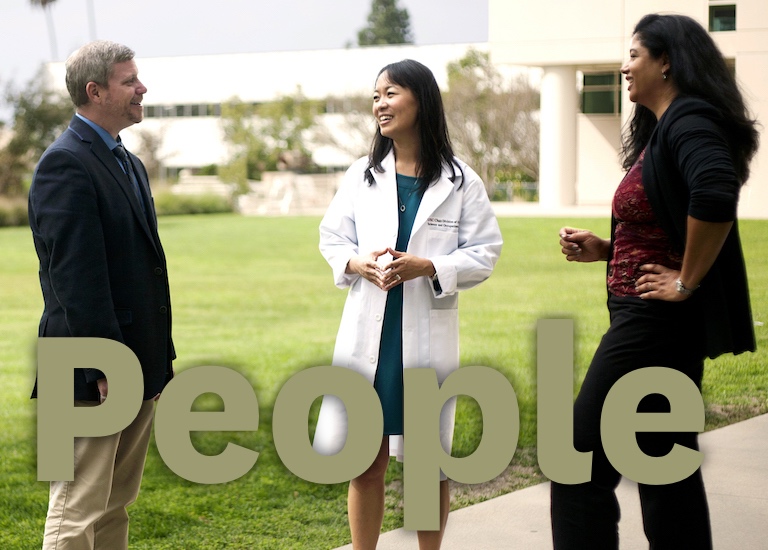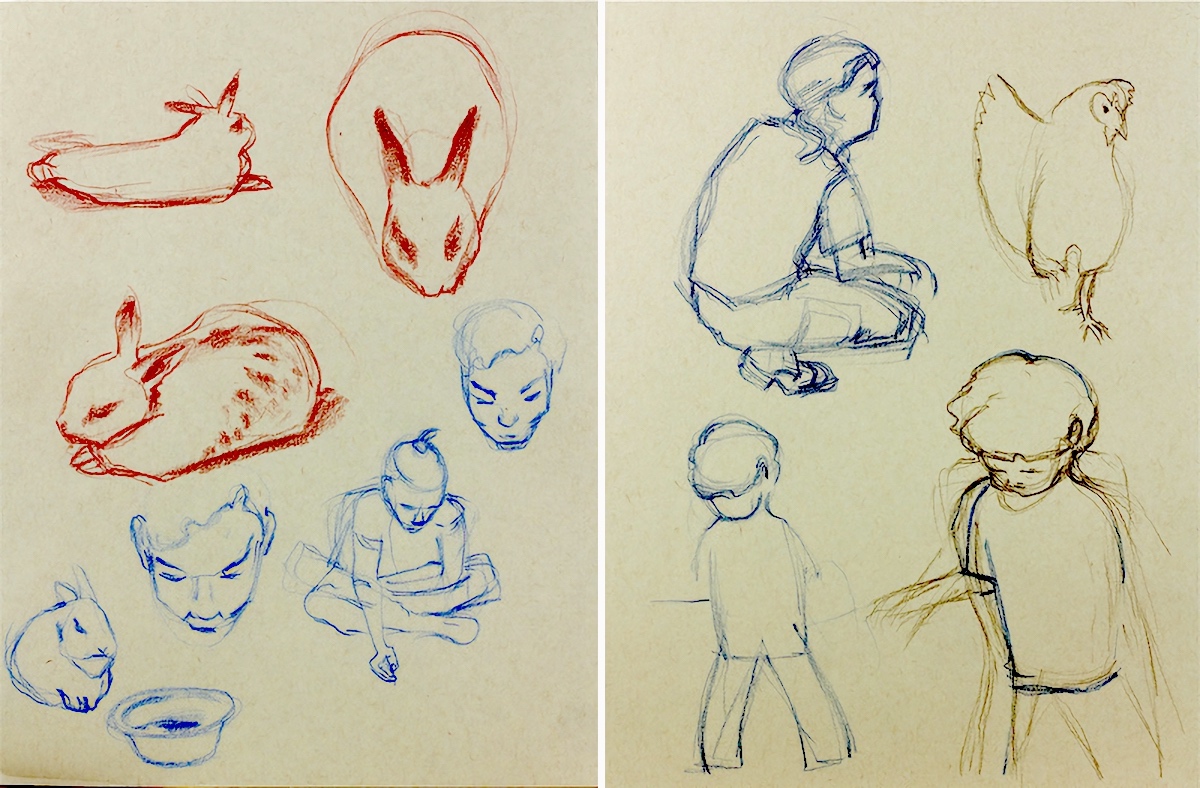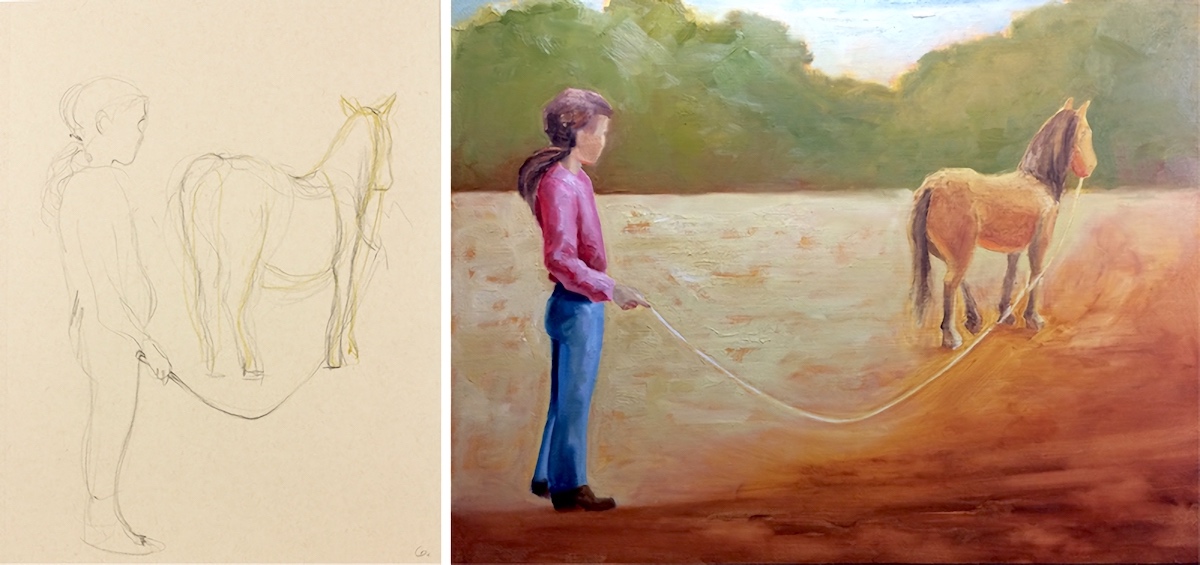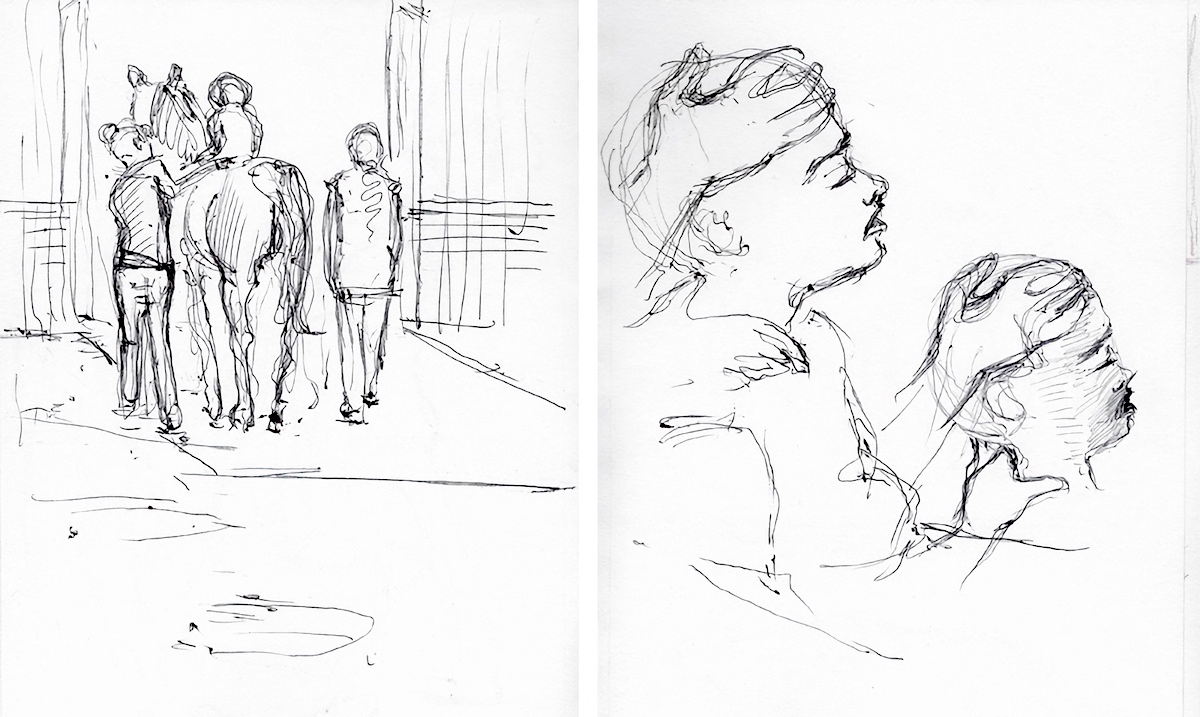Student Blog
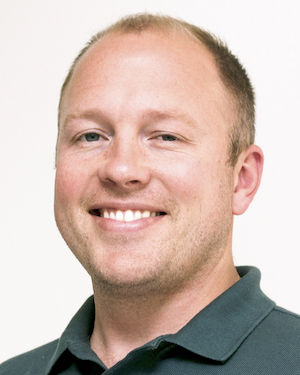
Spring 2019 ⟩
April 3, 2019, by Evan
It’s unbelievable that my leadership capstone class, which meets every Monday at 1pm, represents the last opportunity my entire MA-II class will have to be together in one room. It seems like only yesterday that we were all meeting each other for the first time! These two years have just flown by. To be honest, at the time I entered grad school I was feeling very nervous about my choice to come back to school and pursue a second career. Now I feel so good about that decision, and grateful that the experience has surpassed my expectations. Simply put, I’ve met some of the best people I’ve ever known here in the USC Chan Division. I have learned so very much. Not only do I feel ready and competent to move on to an OTD residency at Children’s Hospital Los Angeles, but the base of knowledge and experience I have gained through this curriculum will serve me as a person, father, and husband for the rest of my life. Thanks sincerely to my student colleagues and every professor and staff member that has made this journey special for us. It’s an amazing gift to be in a position where you genuinely feel you can help people.
And to those of you who were wondering if it is really possible to have kids in Grad School, I’m happy to report that my second child was born in December! She is my soulmate. Sure, these last few months have been busy. It’s taken a lot of hard work and determination to get everything on the list done each day. But with the sincere support of this department, which really means the world to me, I’ve been able to stay on course.
So all of you who might be wondering if a return to grad school might just be too much, I’m here to tell you it’s possible! Keep the faith, work hard, and good things will happen. I believe this with all my heart.
⋯
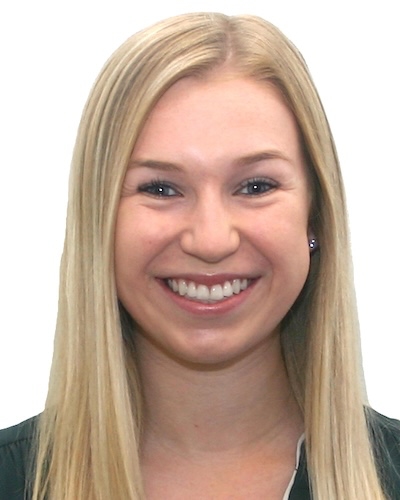
OT Career Fair: Résumé Advice and Preparation ⟩
April 3, 2019, by Jessica P.
This past Friday, our division hosted our annual OT Career Fair. We had almost 40 organizations come to speak to and recruit our students for jobs in pediatrics, adult physical rehabilitation, mental health, school-based OT, and more! For me, it was a great opportunity to network and see what the job market is like as a new graduate. One of the most helpful parts of the day was getting feedback on my résumé. As an occupational therapy student, my résumé has evolved over the past few years to include to numerous fieldworks and experiences I have had during my time at USC.
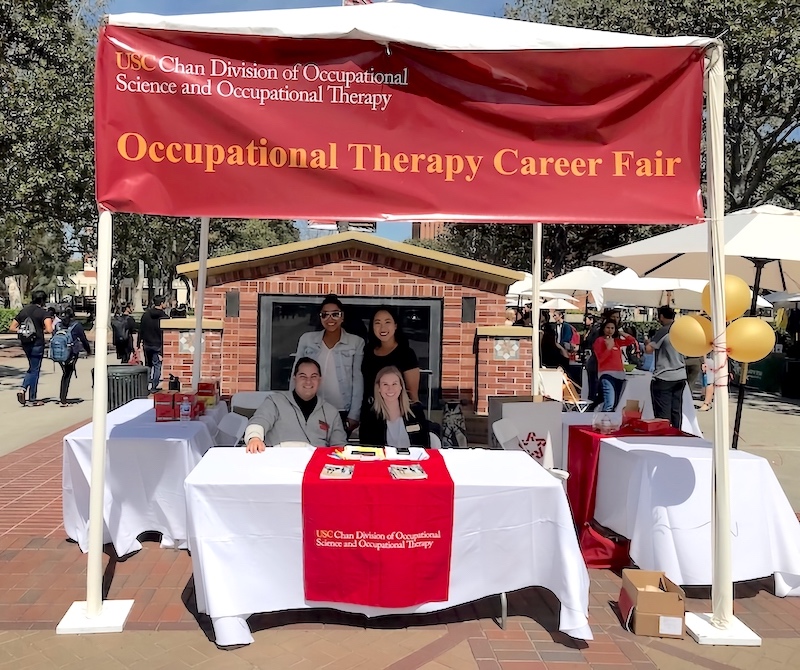
Chan’s Events Coordinator & Student Ambassadors at the 2019 Career Fair
Putting together an OT résumé for the first time from scratch can be a daunting task so here are my tips on creating your best OT résumé.
Key Elements of a Résumé
- Contact Info
- Education
- Honors/awards
- Experience
- Fieldwork
- Professional associations
- Additional information (skills, interests)
When writing a résumé, you can edit it to target the specific position you are applying to. Always include your skills and accomplishments rather than just listing your required work duties. Use action words to describe what you have accomplished.
Presentation of a Résumé
- 1-2 page length
- Single-spaced
- No smaller than 10-point font
- Print on thicker paper
Hopefully if you have a stellar résumé, you are able to secure an interview. One of the most important parts of an interview is preparation.
Interview Preparation
- Research the company: Know the company’s mission and why you want to work there.
- Check social media: Learn what the company is really about.
- Prepare questions for the interviewer: What do you like about working here? How did you get into this line of work? If you weren’t working here where would you be working?
- Practice interviewing skills: Work with someone who can give you feedback. USC offers mock interviews on connectSC which can help you gain confidence in your answers.
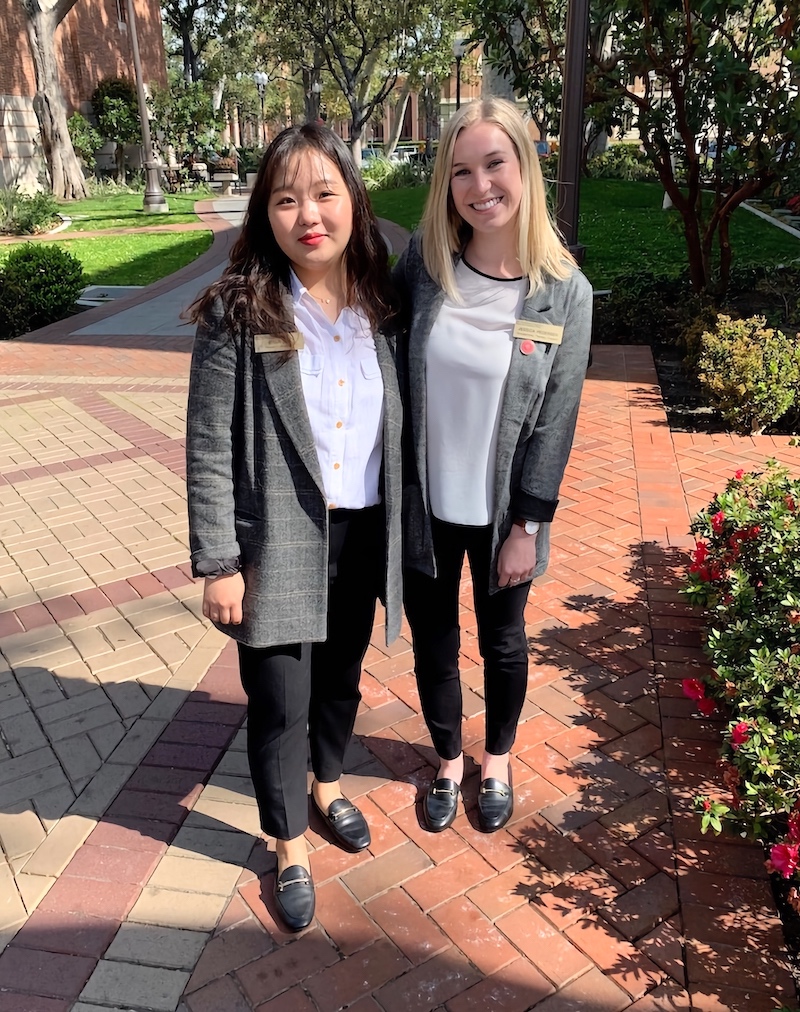
For any interview, remember to always dress your best!
Whether you are a prospective student looking at occupational therapy programs or about to graduate and look for your first job, know that our career outlook is great. According to the Bureau of Labor Statistics, there is a projected 24% growth of OT jobs from 2016-2016. This means that we need more OTs to fill jobs and I know that my classmates and I have been well prepared to be the occupational therapists of the future.
⋯
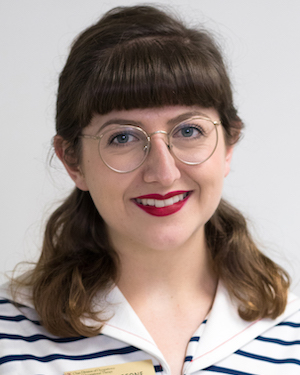
Reflections From My Residency: Using the human animal bond therapeutically ⟩
April 2, 2019, by Antonietta
As I discussed in the previous blog, humans’ perception of our emotional bond with animals started being examined and debated in the mid 1700s. But when did we start to use this bond therapeutically? The earliest report is at the York Retreat, an asylum for the mentally ill, in England 1792 where the inhabitants cared for rabbits and chickens (Netting, Wilson, & New, 1987). This therapeutic strategy took quite a bit longer to make its way to the United States, but starting in the 1940s at Pawling Air Force Convalescent Hospital, veterans were encouraged to work with farm animals as part of their recovery. By the 1970s dogs became a common tool in therapeutic settings: 48% of institutes incorporated them in some way per an American Humane Education Society report. Animals are now well-established as therapeutic partners, used by many disciplines and in variety of ways. But why? History has moved on from so many other treatments of the past. Plunge baths from the 1700s aren’t used anymore and lobotomies — which were very popular in the 1950s — are considered repugnant and deemed unethical. But animal assisted therapy has gotten stronger, more common, and better supported by research. What makes it so effective? Is it the emotional bond between human and animal?
Curious about this therapeutic bond and interested in the power of images to shed light on relationships, my father Carmine, organized a field study at The Children’s Ranch. He came every Friday afternoon for a semester to observe the sessions and sketch what he was seeing. He wanted to know if he could capture the mystery of this therapeutic bond in a visual form: painting.
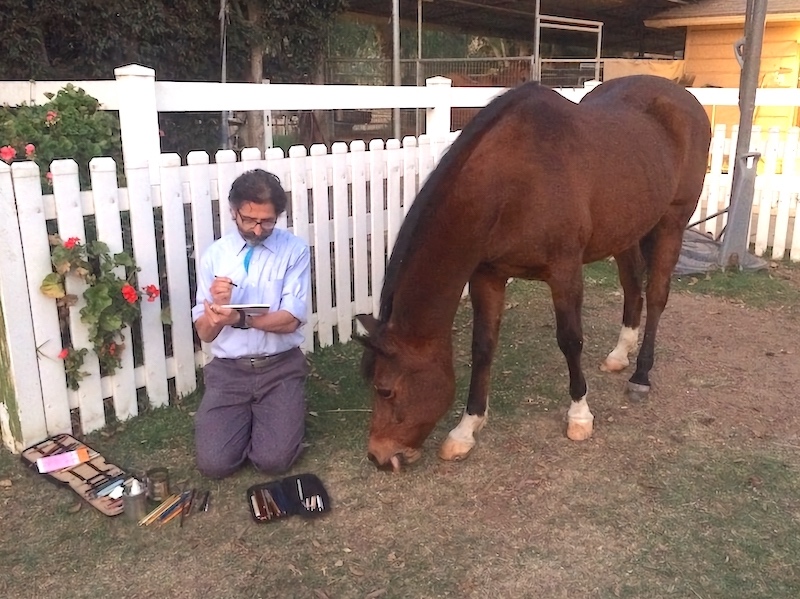
Carmine and Storm
For me as a therapist, it was an interesting experience to have this observer participating in our sessions, but I was curious what it was like for him. Since he’s my dad it was easy to get an interview!
How did you decide how much time you would spend at The Ranch?
“That decision depended on a specific rule I set for myself: my documentation would not employ any cameras; all my observations would be drawn by hand. Using a camera would have sped up the work, but it also would have had a few undesirable side effects.
- Cameras reduce the actual amount of time you need to spend on the ground and therefore can lead to a false illusion of understanding the authentic experience.
- Cameras automatically create a default composition which is hard to modify. In the process, they can eliminate key parts of an experience.
- Cameras make people pose! That was something I wanted to avoid. To see genuine moments, I needed to be integrated as part of the team so that everyone was relaxed and acting naturally.
I needed to spend time on the ground to gather visual data, build relationships slowly, accrue insight, and become a participant. It took about 4 months of consistent visits to get to that point, but I didn’t know that in advance”
What were some of the challenges you encountered?
“One challenge was developing a sketch kit that was completely mobile. Since sessions at the Ranch move around a lot, I needed to be agile and flexible. In a way, I was a member of the team and didn’t want anything to be slowing me down while we transitioned from the chicken coop to the barn. So, every piece of equipment had to be portable and always ready-to-go.
A second challenge was that children are curious, and my tools often piqued their interest. The kids wanted to play with them and once they saw some of the sketches, there was a risk they would be distracted from the work they were doing with the therapist. I had to find the line between engaging them and building our relationship, and redirecting them back to the focus of their time at the Ranch, which was the caring for the animals.
However, the fact that the kids were conscious of being drawn was significant in another way. I’m interested in how these sketches, and eventually the finished oil paintings, might serve as a mechanism for self-reflection for the children. I believe that how we picture ourselves is a big part of our identity formation. When the paintings are exhibited at my studio later this year and everyone is invited to the opening, I am curious how the children and their families will respond to visualizations of themselves participating in really unique and meaningful experiences.”
Talk about your trip to visit me at Skyline Therapy Services in Albuquerque.
“You and I had talked a lot about the differences between Animal Assisted Therapy and Hippotherapy, but it wasn’t until I got to see both that I really understood. Your work at the Ranch grows out of a relationship you foster between the children and the animals. The activities are structured around caring for the animals’ needs and understanding their well-being, as a way for the child to develop their own sense of self, autonomy, and identity as well as any other goals you are working on. From a visual point of view, that kind of relationship is subtle and elusive.
At Skyline, where Hippotherapy is the main treatment tool, it is not about the emotional bond, but the relationship between bodies. For an artist, that kind of spatial relationship is more visible and more direct; you you don’t need to visualize a mood, or a state of mind. With Hippotherapy, it much more physically evident how the therapists are helping and how the child’s body changes before and after their session.”
Now that you have finished your field work and are starting on the oil paintings, do you think you have achieved your goal of visualizing the bond?
“After I finished amassing the sketches my next big challenge was to create compositions for the paintings. These were based not just on the drawings, but also my memory and a kind of intuition that had been created by everything I had seen. The compositions were also determined by basic pictorial conventions and requirements. I know that amounts to a lot of variables. My concern as an artist is that what results might be an interesting picture, but not real documentation. I guess the critical test will be when the kids, therapists, and families see and judge for themselves.”
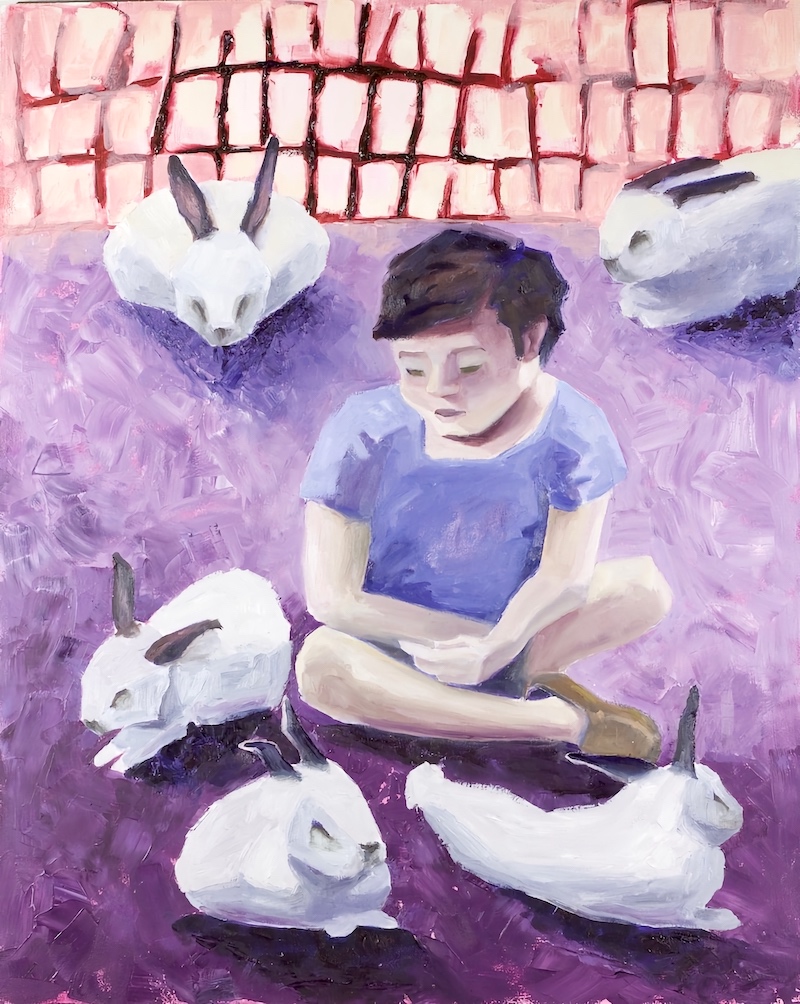
Child with rabbits
When I look at the paintings, I see what looks like my treatment sessions but also feel what it is like the be at the Ranch. It is amazing to see a visual image of that sense of calm when a child with ADHD sits quietly with the rabbits, because that is what makes them feel happy and “green.” It is incredible to see in a permanent form, the fleeting connection between a child and horse that is so strong it can get a kid out of her home despite immense rigidity. I was happy to have an extra member of our team when my dad was visiting the Ranch and I’m very excited to see what my students think of these pictures.
Netting, F. E., Wilson, C. C., & New, J. C. (1987). The human-animal bond: Implications for practice. Social Work, 32(1), 60–64. https://doi.org/10.1093/sw/32.1.60
⋯
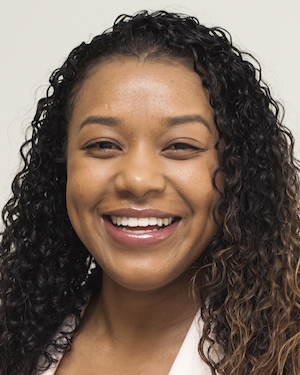
Culturally-Informed Healthcare: Modifying treatment to match the needs of the community. ⟩
April 1, 2019, by Serena
One of the many benefits of attending USC’s OT program is having the ability to attend other healthcare department’s events. Ms. Gwendolyn Flynn, the former policy director of the Community Health Council, presented at USC at an event hosted by USC’s Lifestyle Medicine Interest Group and USC’s Student National Medical Association (SNMA). Although the groups are apart of the medical school, the students welcomed me to join the presentation as an occupational therapy student.
She spoke on the health inequities experienced within the Black communities due to the inaccessibility of whole plant-based foods. She highlighted the higher rates of lifestyle related chronic conditions in the Black community such as obesity and high blood pressure. In addition, she presented information on the food deserts (now more accurately called food apartheids) found in urban communities such as higher rates of liquor stores and lower frequencies of supermarkets with fresh produce. At the end of her presentation she made 5 recommendations for healthcare professionals to address this issue, which I have listed below.
- Emphasize disease prevention and wellness programs.
- Partner with local community organizations (i.e., Healthy Food Zones) in order to advocate for policy change. If you are unable to join then write letters, set up a meeting, or make a public testimony to show that this change matters because your voice is influential.
- Promote nutrition education classes/ workshops in order to make the knowledge more applicable to patients’ everyday lives.
- Write food and exercise prescriptions to change lifestyle (i.e., a prescription to go to the gym). I would like to add to make that prescription something meaningful and doable, think SMART goal.
- Give out recommendations such as books and documentaries while in practice to help inspire and further educate your clients on the benefits of lifestyle changes.
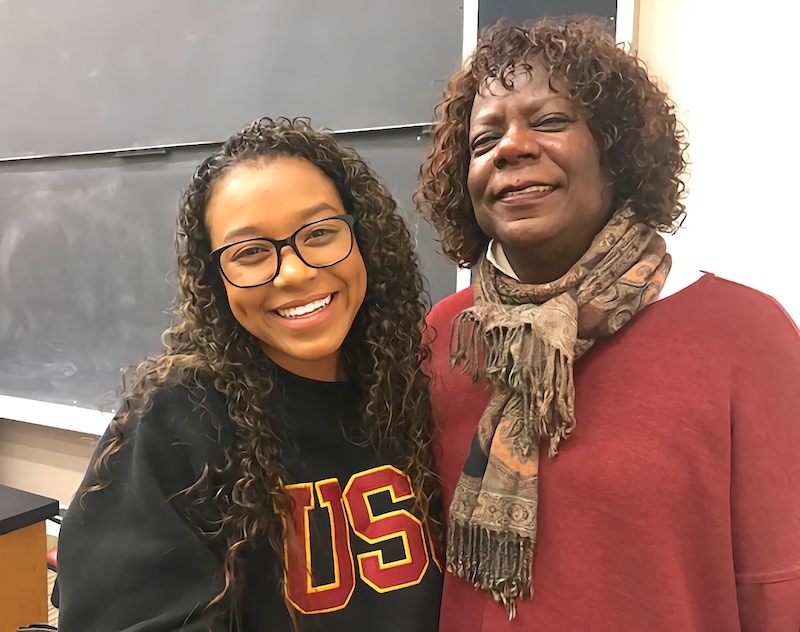
Ms. Gwendolyn Flynn, the former policy director of the Community Health Council, presented at USC at an event hosted by both USC’s Lifestyle Medicine Interest Group and USC’s Student National Medical Association (SNMA).
It was really motivating and inspiring to receive information on specific actions that I can take to combat the increase of chronic conditions within my own culture. As I come closer to gaining my OT license, I am looking forward to the ability to serve the community with the recommendations the community has given me and then combining it with my educational, volunteer, and life experiences.
⋯
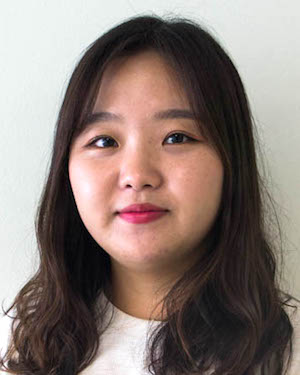
Externship: Opportunity to Explore What I’ve been Interested ⟩
April 1, 2019, by Goeun
In the Leadership Capstone Course, I had a chance to participate in a two-week externship to learn communication and leadership skills. I went my leadership externship in the USC Davis School of Gerontology, National Resource Center on Supportive Housing & Home Modification, and Fall Prevention Center of Excellence. I chose the site as I’ve been interested in home modifications since I was in my country, Korea. I was working in a hospital as an occupational therapist and after patients were about to be discharged, they naturally planned to move to other hospitals, skilled nursing facilities, or rehabilitation centers. However, after their stay at other facilities, they need to go back to their homes anyway and I could not help patients to go through the process and build a bridge for them. That brought me interests in home modifications but since there hasn’t been any research or resources about it, I had less chance to explore.
Thankfully, now I’m here, and the USC Davis School of Gerontology, they are well-known for home modifications and fall prevention which is a key factor in home modifications. Moreover, from January, I’ve been taking the Executive Certificate in Home Modification Program from the USC Davis School of Gerontology, so I wanted to learn more from them.
During the externship, I did a lot of research regarding home modifications in general, assessment tools in home environments and fall prevention, health-related issues about Asian-Americans and home modifications related specifically. Also, I had an opportunity to attend a class, Housing, and Community Policies and Program. In that course, I visited an assisted living facility for older adults with dementia or other physical problems. The other thing that I did was interviewing and meeting various professions. I was able to interview gerontologists from different settings, an occupational therapist and a building contractor. By talking with them, I was able to listen to different perspectives and advocate what occupational therapy is especially for students who are not familiar with it. The good thing was that people that I interviewed already knew about occupational therapy and our roles as well. Lastly, I combined and synthesized what I have done and set goals in short-term and long-term.
It was a precious experience to learn more about what I’ve been wanting to know and I hope I can expand later in the future!
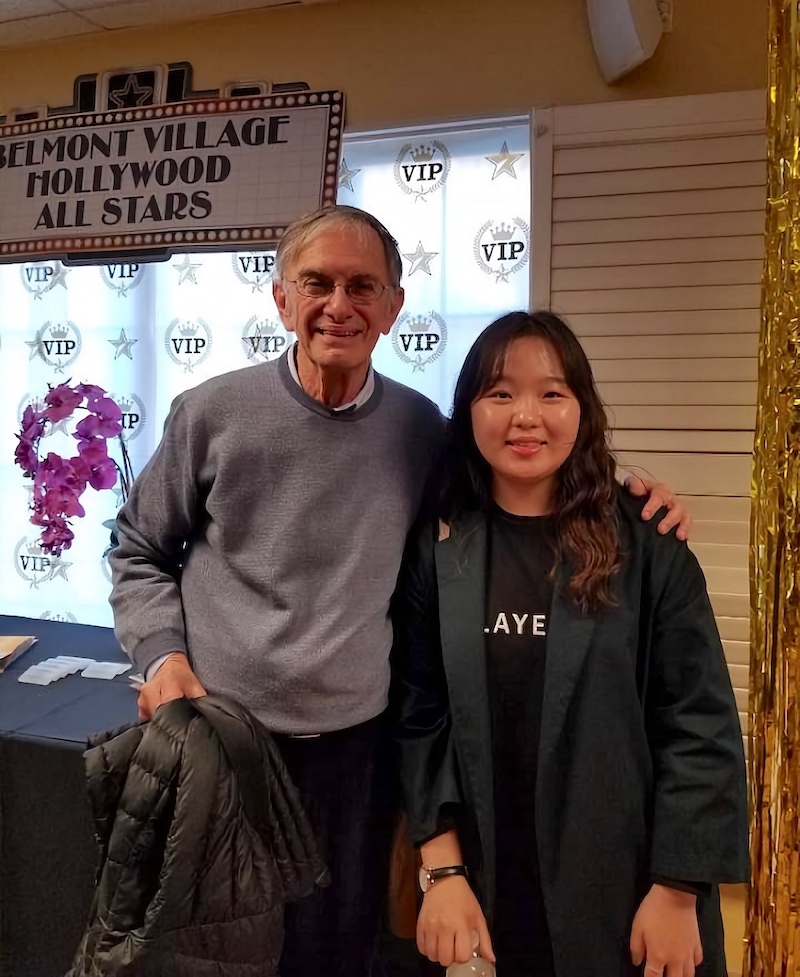
I took a picture with Dr. Pynoos who is a pioneer in home modifications.
⋯





